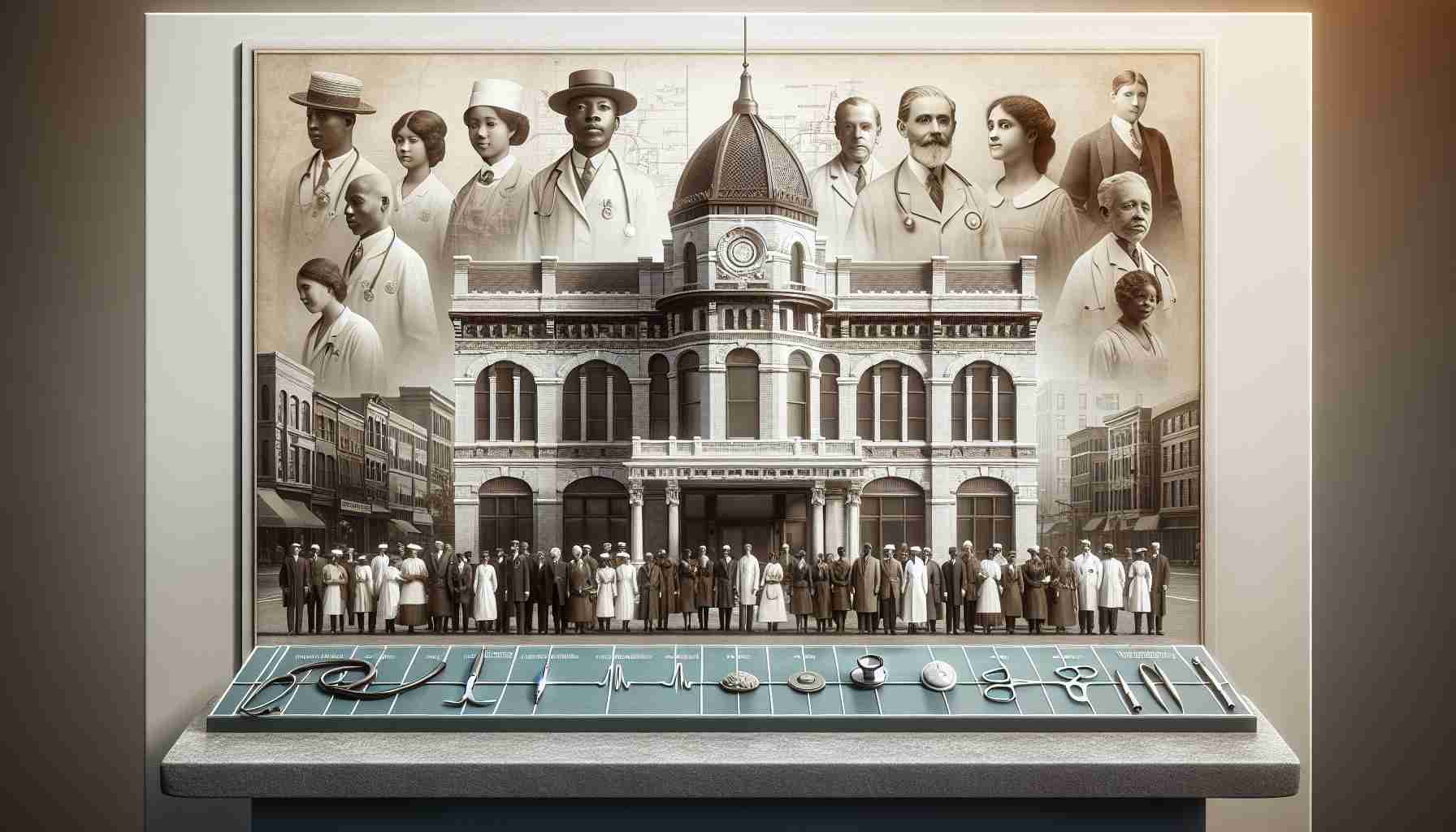Rediscovering Forgotten Stories In the heart of Mound Bayou, Mississippi, lies the abandoned Taborian Hospital, a once-thriving beacon of hope in a segregated society. Today, its art deco sign stands as a silent reminder of a bygone era, overshadowed by a bustling convenience store across the street.
Preserving History Myrna Smith-Thompson, the descendant of the founders, grapples with the uncertain fate of the decaying building. Living miles away, she reflects on the legacy of a hospital that provided solace and care to Black patients when discrimination ran rampant.
A Painful Past The closure of Taborian Hospital in 1983 encapsulates a broader narrative of societal transformations. Born at the hospital in 1949, Smith-Thompson emphasizes the personal significance of preserving its memory amidst changing times.
Challenges Faced The fate of Taborian Hospital mirrors a larger trend of Black healthcare institutions succumbing to the pressures of integration and evolving healthcare policies. As medical landscapes shift, the closure of these hospitals resonates as a loss of cultural heritage and community resilience.
Exploring the Hidden Narratives While Taborian Hospital in Mound Bayou stands as a poignant symbol of a fading era, numerous other Black hospitals across America share similar stories waiting to be unearthed. From the humble beginnings of Atlanta’s Friendship Hospital to the pioneering work of Provident Hospital in Chicago, the legacy of these establishments is deeply intertwined with the struggle for racial equality in healthcare. Their histories raise questions about the resilience of Black communities and the importance of preserving these narratives for future generations.
Uncovering Untold Histories What were the primary motivations behind the establishment of Black hospitals in America? These institutions emerged as crucial lifelines for Black communities during an era of institutionalized racism and segregation in healthcare. Providing a safe space for Black patients and medical professionals, these hospitals not only offered essential medical care but also served as centers of empowerment and pride.
Addressing Key Challenges One of the central challenges faced by Black hospitals was the ongoing battle for financial sustainability. Operating in a system that marginalized Black patients and professionals, these institutions often struggled to secure adequate funding and resources. Additionally, the push for integration in healthcare presented a double-edged sword, offering greater access to mainstream facilities while eroding the unique cultural identities embedded in Black hospitals.
Examining Advantages and Disadvantages The legacy of Black hospitals in America carries both advantages and disadvantages. On one hand, these institutions played a vital role in providing culturally competent care and fostering a sense of community among Black patients. However, the gradual closure of these hospitals signaled a loss of specialized services and support systems tailored to the unique needs of the Black population. Balancing the historical significance of these establishments with the evolving landscape of healthcare remains a complex challenge.
For further insights into the rich history of Black hospitals in America, you may explore National Library of Medicine. This authoritative source offers a wealth of resources on African American health and medical history that shed light on the enduring impact of Black healthcare institutions on the broader landscape of American medicine.
